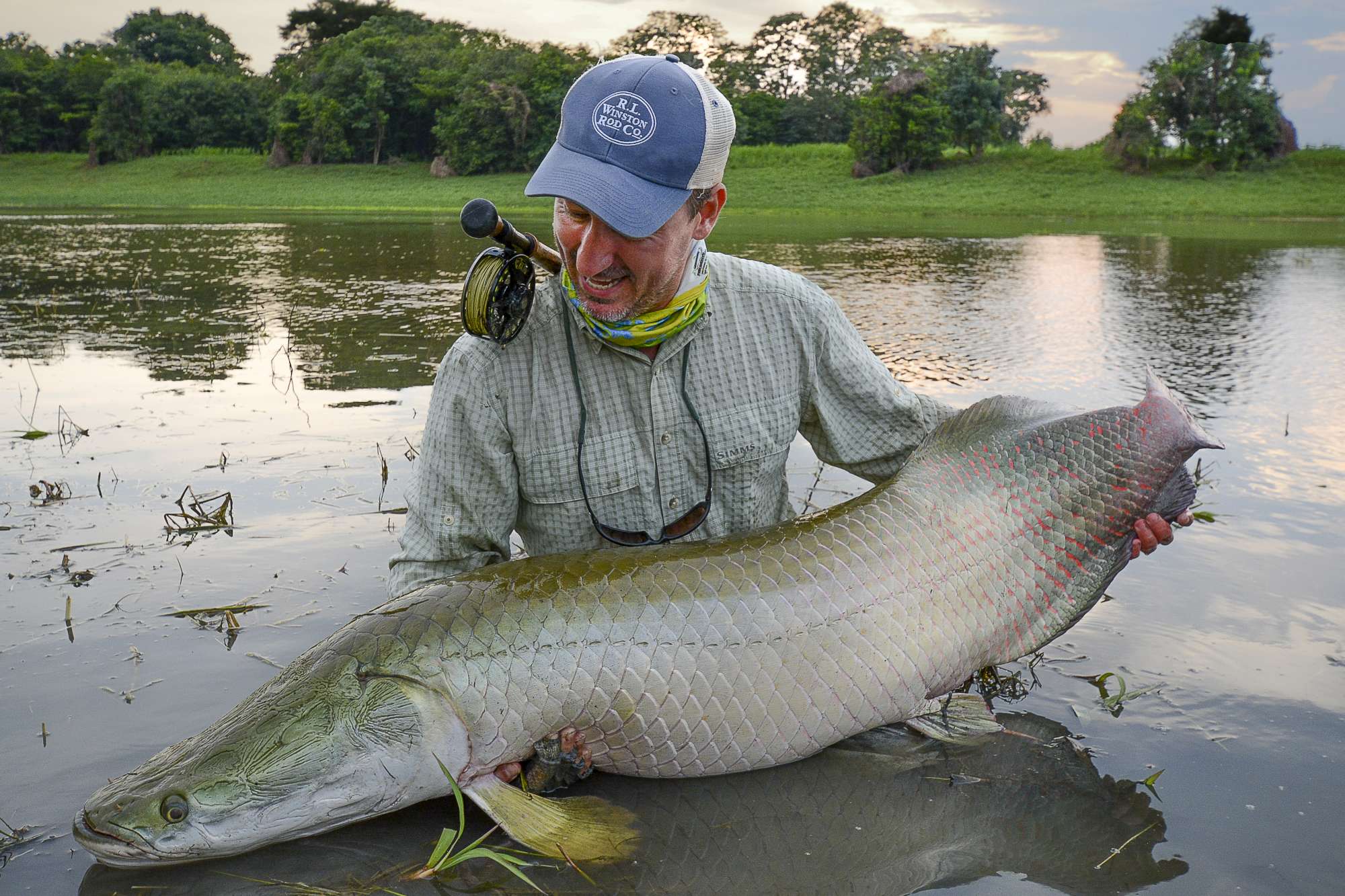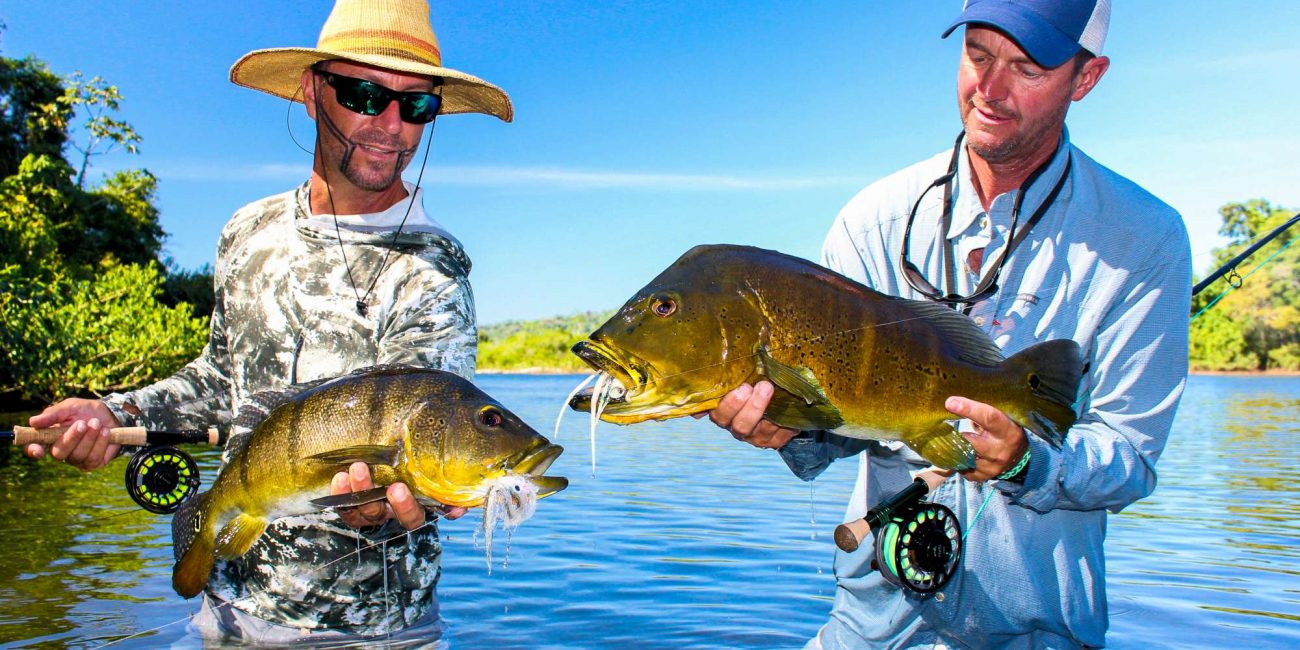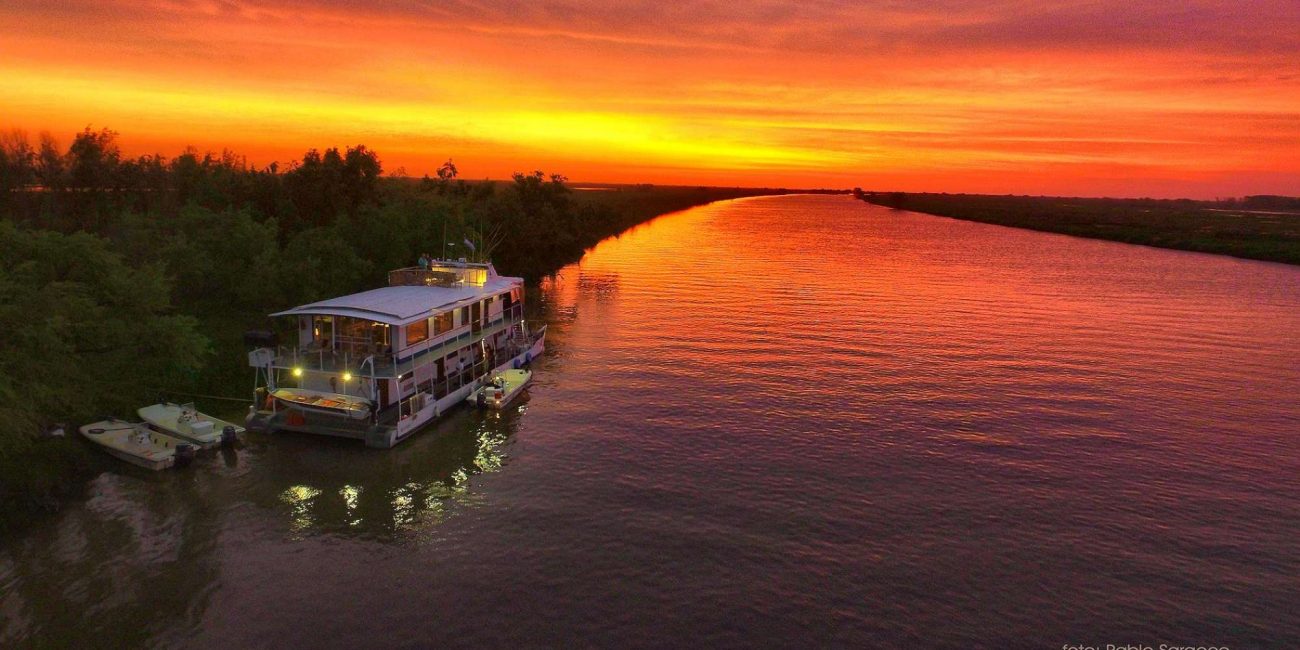PIRARUCU
– pirarucu –
AMAZING JUNGLE FLY FISHING EXPERIENCE FOR GIANT ARAPAIMA. A PLACE LIKE NO OTHER AND THE CHANCE TO CATCH ONE OF THE LARGEST FRESHWATER FISH ON A FLY ROD! ALONG WITH MANY OTHER SPECIES.
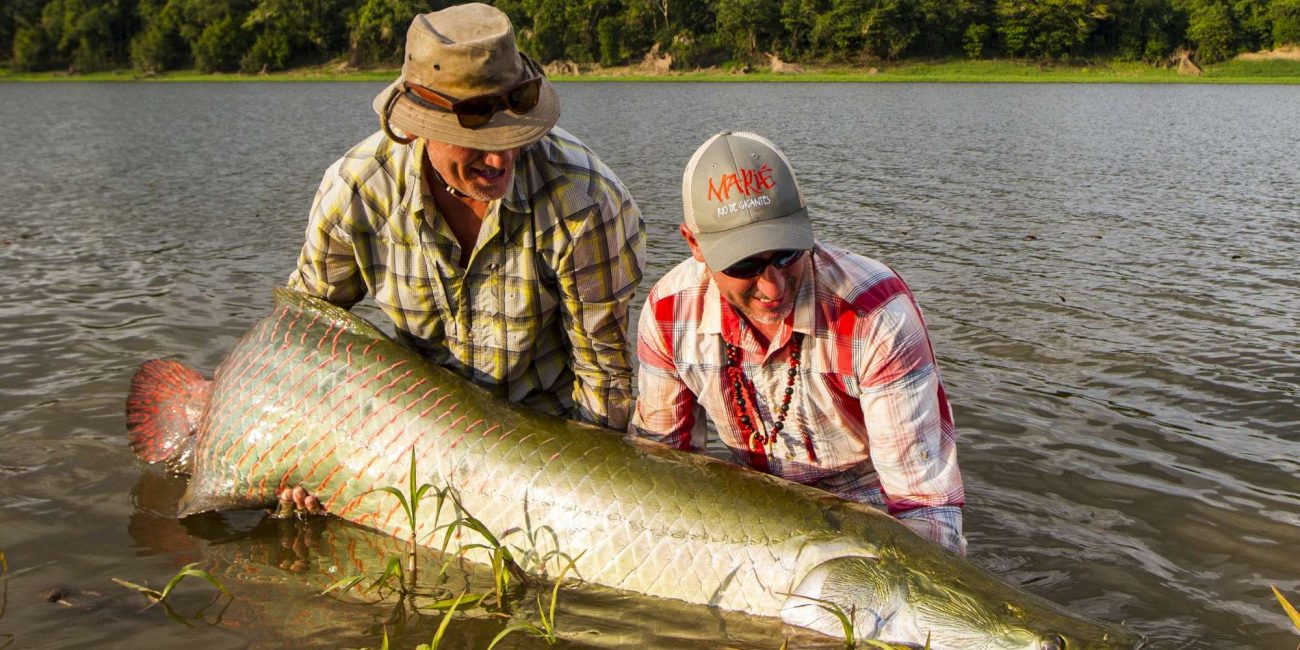
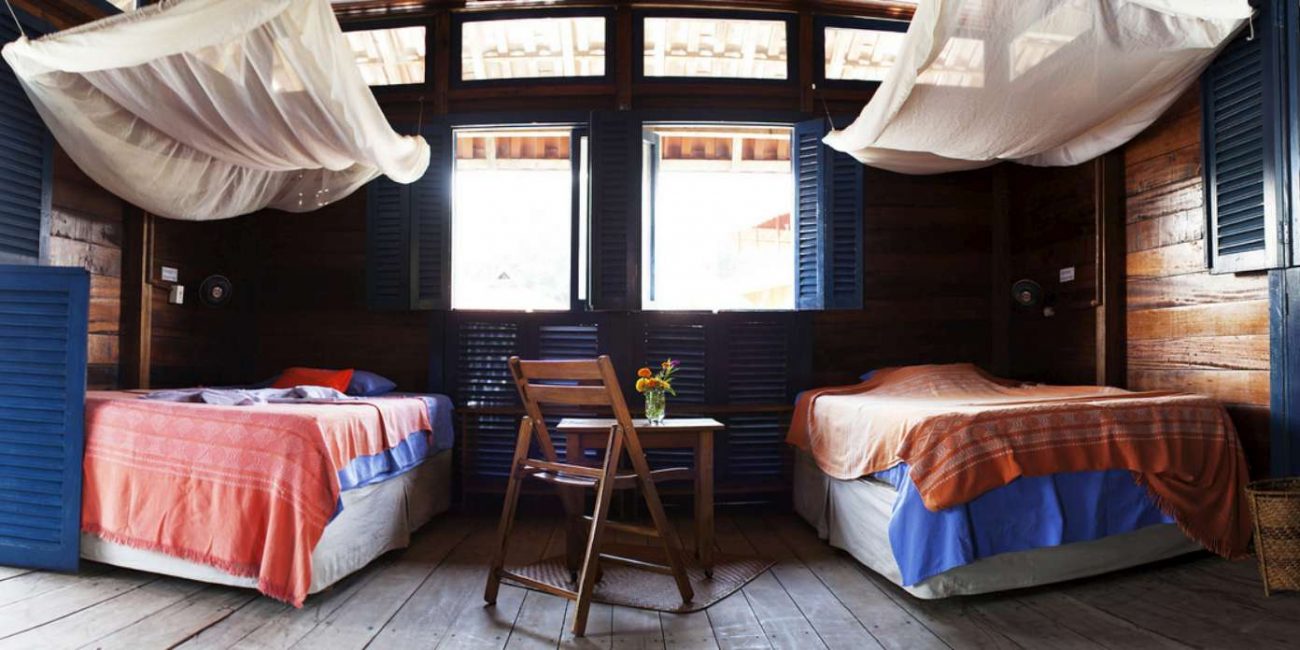
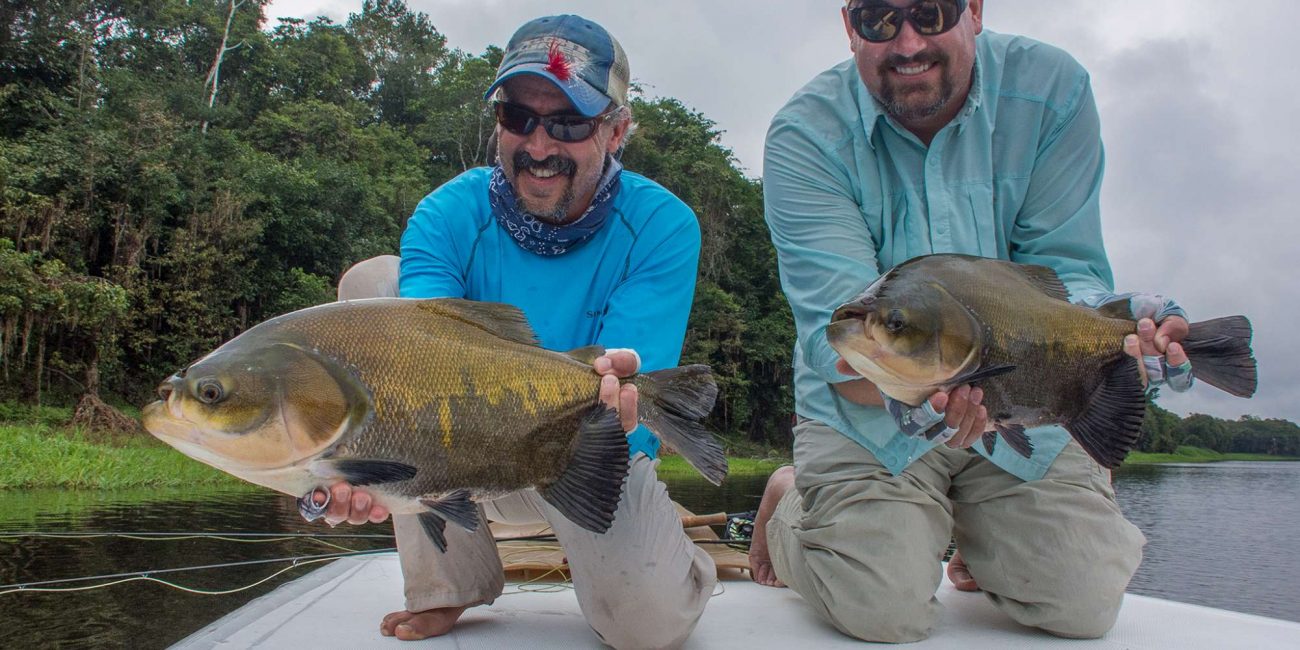
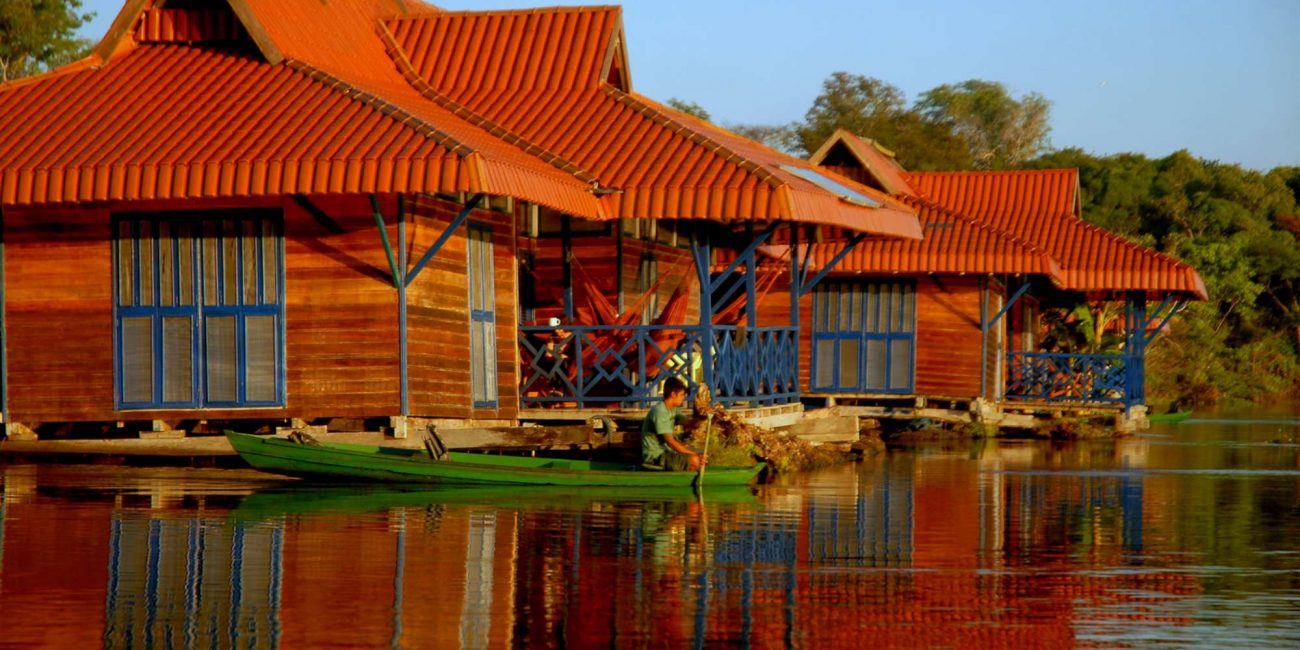
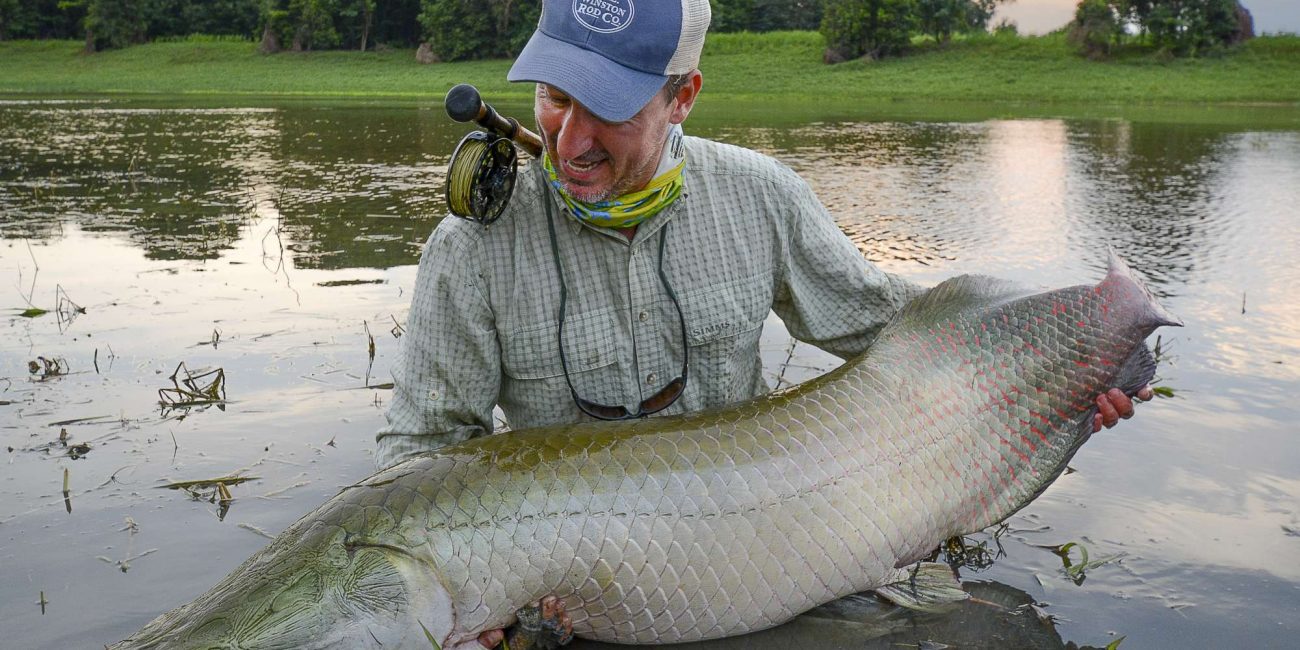
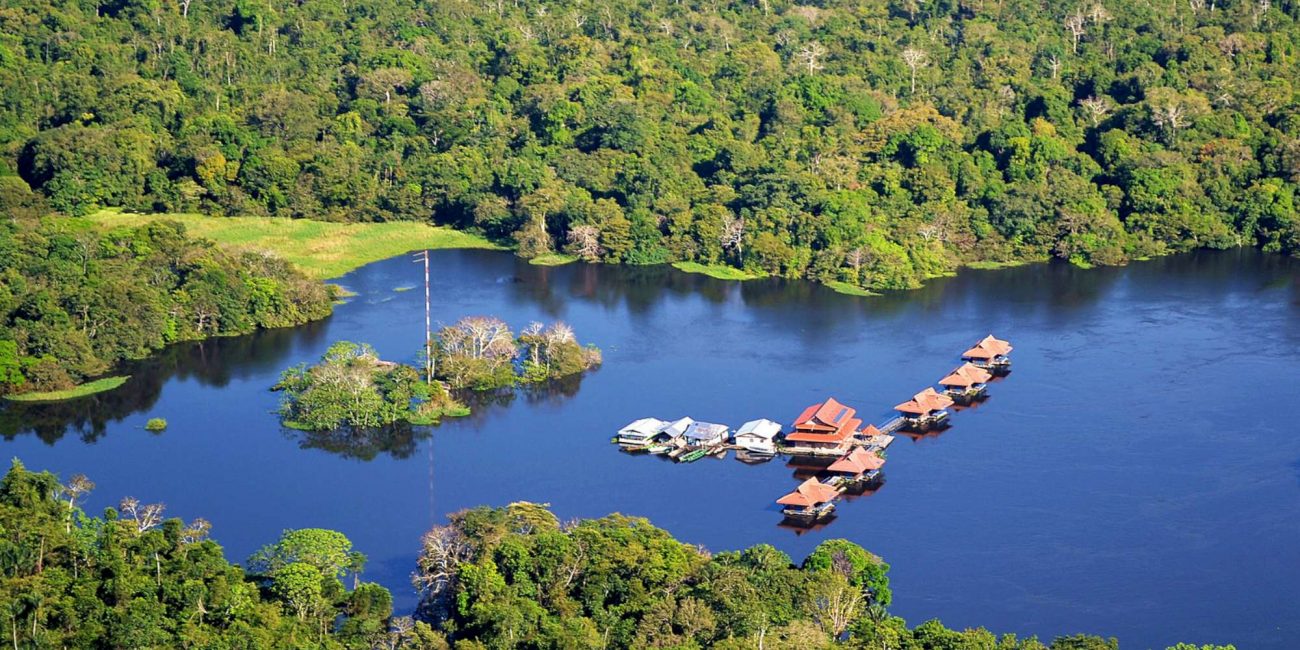
Factfile
Pirarucu offers the visiting angler the opportunity to catch one of the biggest freshwater fish that exists on a fly rod; the mighty arapaima.
In addition, you will have the opportunity to target peacock bass, arowana and also the tambaqui, which is similar to pacu.
Pirarucu is located within the Mamiraua Sustainable Development Reserve, which is a state protected area covering some 1.1 million hectares. It is the largest protected flooded forest in the world, abound with wildlife along with interesting and varied flora.
Overview
Pirarucu offers the visiting angler the opportunity to catch one of the largest freshwater species in the world on fly gear. Arapaima can reach weights in excess of 400 lbs and lengths of over 2.5 metres! They will test your body and tackle to the limit. In addition to the arapaima, there are several other jungle species to target during your stay, adding variety and further appeal to this magical destination.
The area covers some 1.1 million hectares and is state protected, which means this precious resource is never overfished. This is an angling destination that provides seemingly endless water and opportunities to encounter these jungle species. The vastness and amount of water available also gives you that feeling that you’re the first to ever explore or cast a line in such a place and in some circumstances that is actually the case.
The floating lodge is comfortable and beautiful, constructed from local woods following a local style. The lodge is utilised during other times of year as a eco-tourism lodge, primarily for birdwatching and wildlife viewing – the area is one of the top five birdwatching areas in the Amazon and worth visiting for alone.
Fishing
The primary reason for visiting Pirarucu is indefinitely for the mighty Arapaima. However, there is a lot more on offer within this rich and diverse fishery. Casting huge flies on heavy rods for arapaima is a workout. As such, there are welcome distractions in the form of arowana, peacock bass, and also a pacu type fish named tambaqui.
The season at Pirarucu runs from September to the end of November. The dry season in this part of the Amazon runs from July through January so this season straddles the middle of the dry season when water should be low and fish congregating in the lakes and channels. The 30th of November marks the end of fishing due to special regulations from the environmental authorities in Brazil who close any kind of fishing for arapaima throughout the Amazon to protect juvenile fish.
10 weight rods with floating / intermediate lines are required for the smaller arapaima and then 11 or 12 weight rods for the larger fish, along with sinking lines. All rigs require strong leaders (80 – 100 breaking strain) rigged with large streamers that imitate the baitfish found in the surrounding waters.
For the arowana and peacock bass, a 6 weight rod with a floating line and then an 8 weight rod with floating line for the tambaqui, which are often targeted using streamers and berry imitations.
accommodation and pricing
The floating lodge is comfortable and beautiful, constructed from local woods following a local style. The lodge is utilised during other times of year as a eco-tourism lodge, primarily for birdwatching and wildlife viewing – the area is one of the top five birdwatching areas in the Amazon and worth visiting for alone.
The lodge has ten floating cabins, each with two en-suite rooms, four of which have been refurbished to accommodate angling guests. The main lodge building features a dining room, living room, and kitchen.
Everything is floating, connected by wooden platforms. The lodge is located in the heart of the reserve with very short travelling distances to the fishing – in fact, most days guests will return to the lodge for lunch before returning for an afternoon fishing session. Satellite phone and internet are available.
Cost of a seven night stay with six full days fishing is US$5,995, which includes the journey to / from the jungle. There is also an additional fee of US$590 to cover, which is for the Indian Reserve Fee. There is a shorter stay option available, which is for a five night stay with four full days fishing at a cost of US$4,995 plus US$490 to cover the Indian Reserve Fee.


